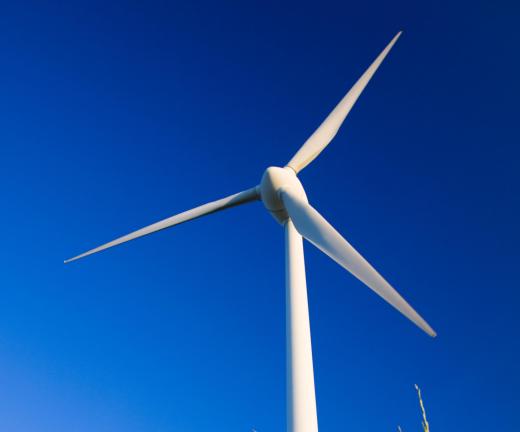A genset, or distributed generator system, is an electrical generator, such as a solar panel, gasoline powered generator, or windmill, located in proximity to the end-user rather than in a central location, like those utilized by commercial power providers. This system can be used as an augmentation to an existing electrical grid system or as an "off-grid" power source, depending upon the needs of the user. Gensets are often used by hospitals and other industries that rely upon a steady source of power, as well as in rural areas where there is no access to commercially generated electricity.
In a model where the genset is integrated with an existing utility grid, the user may consider one system or the other as a back-up electrical source. Generally, users rely upon their own generated power first before turning to a commercial utility grid. Frequently, a system creates more power than is actually consumed and this power can be routed back to the utility, a process known as "reverse metering." When the utility grid is inaccessible during an outage, the genset can provide for the power needs of the user. One may also be used in rural areas and under-developed countries to provide a stable source of electricity to a home or business user.

Many systems involve cogeneration, the simultaneous production of electricity and the use of the heat created as a byproduct to warm a facility with excess power reverse metered to a utility provider. Many cogeneration plants can also capture the heat and convert it back to electricity, as well. For large businesses, this is an effective cost cutting measure as well as a method of disposing of waste products such as wood chips, paper, or surplus heat.
Gensets that route excess power backward along a commercial grid pose some problems for utilities. Sometimes, it is necessary to isolate a section of the grid for work and it is difficult to ensure that power is off to that section if distributed generation is occurring. Distributed generation may also affect the overall quality of power in the grid, making it difficult for a commercial utility to control. With an increase of distributed generation, utilities will need to more actively manage their power grids to prevent interruptions of service that may result in higher costs for consumers.
A genset may have a great number of practical applications, especially because it's been developed to be economic, easy, and safe to install even on the domestic level. With the rapid growth of demand for electricity combined with deregulation of utilities, using one of the systems has become much more widespread and the amount of power generated through them has only grown.
Ever since she began contributing to the site several years ago, Mary has embraced the exciting challenge of being a About Mechanics researcher and writer. Mary has a liberal arts degree from Goddard College and spends her free time reading, cooking, and exploring the great outdoors.

